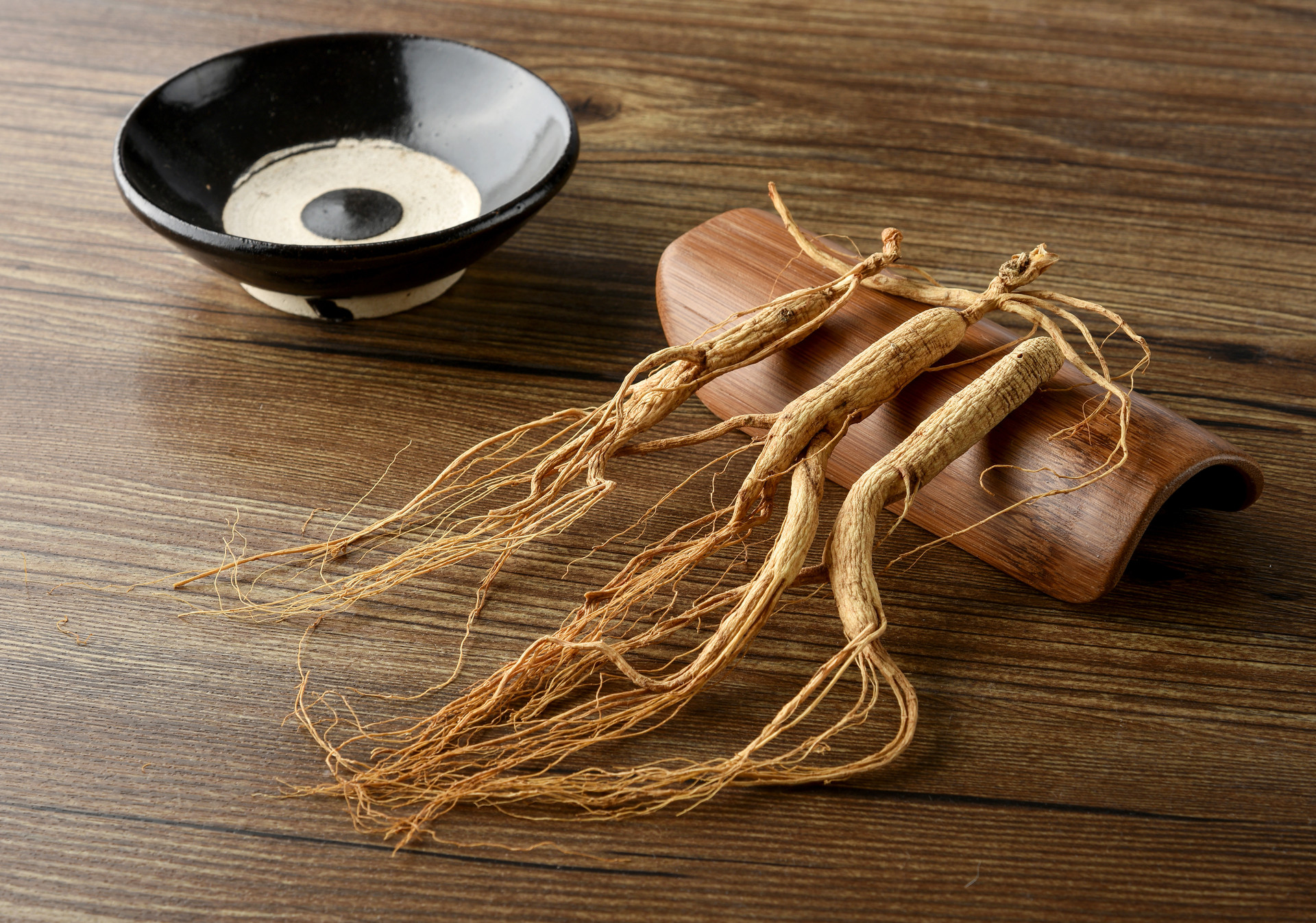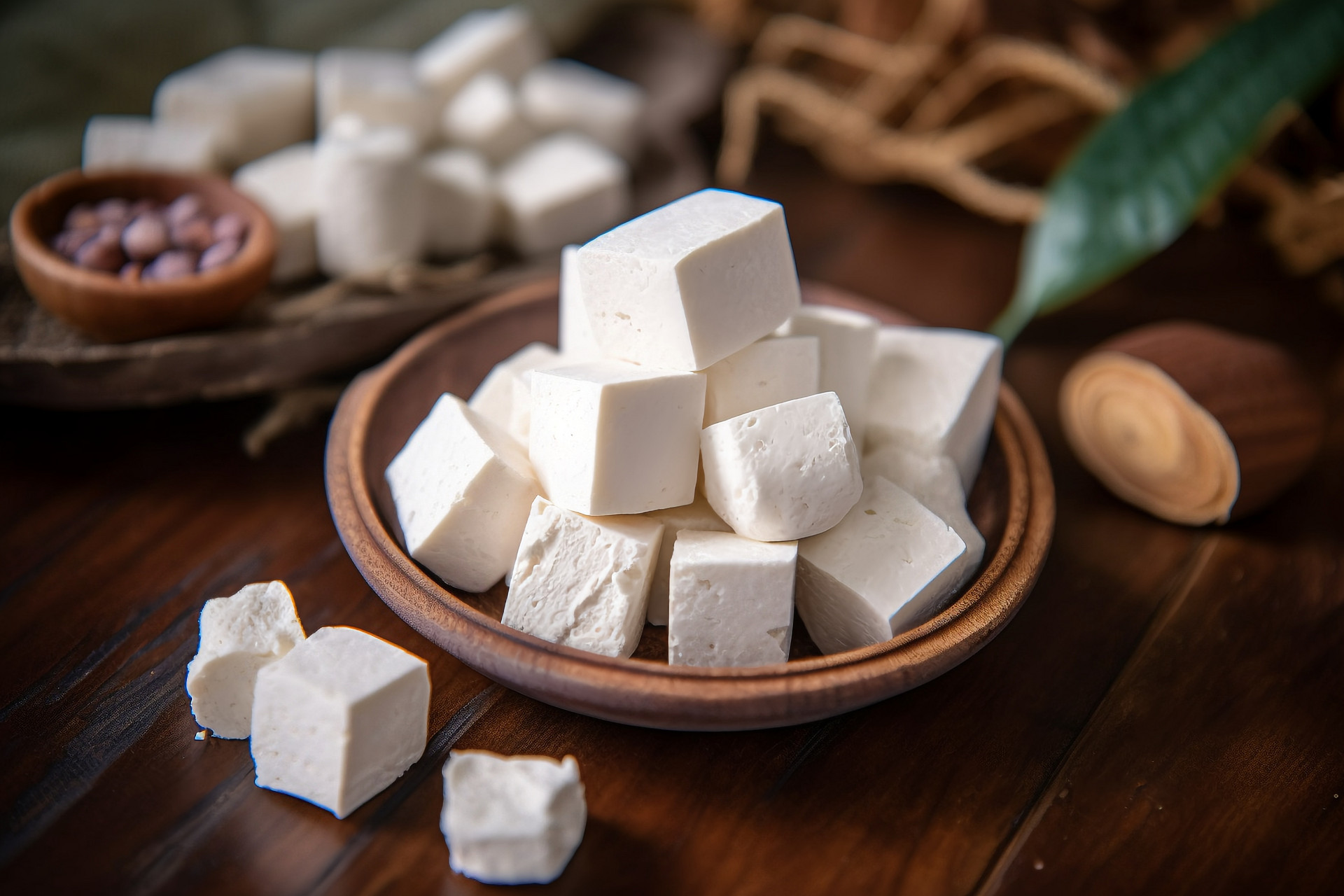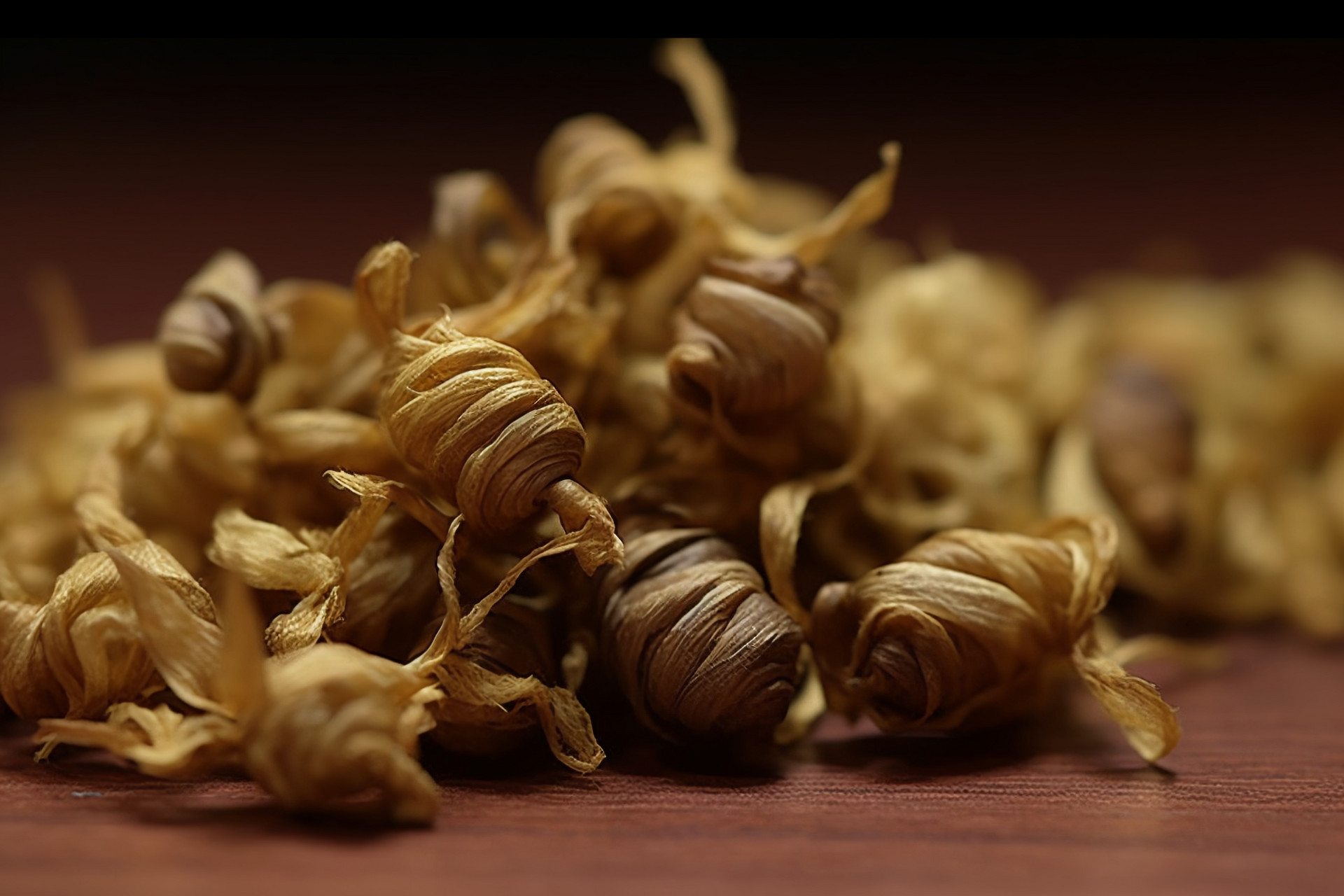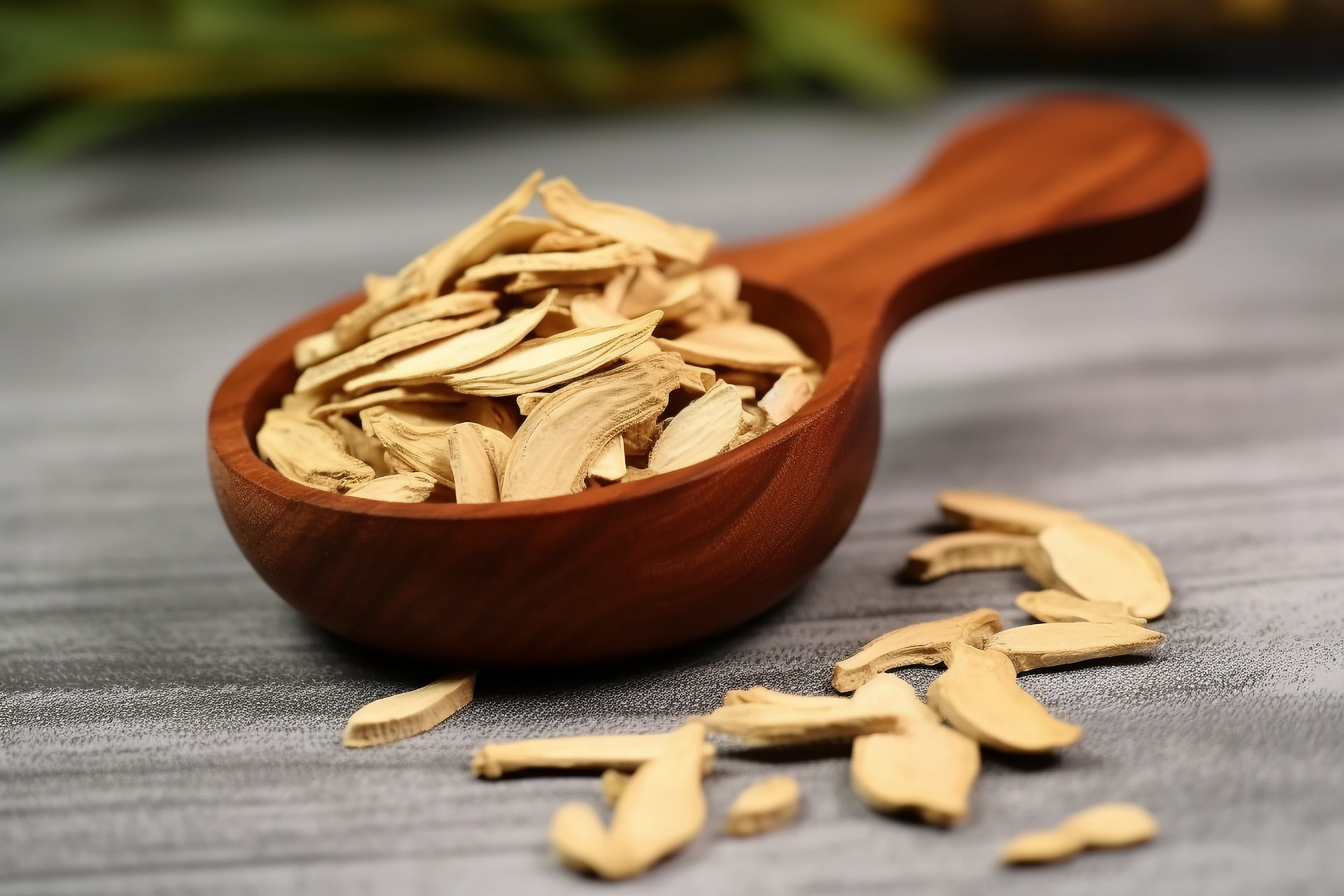nephrotoxicity

Guanyutong is the dried stem of the plant Akebia quinata, which belongs to the Lardizabalaceae family. It has high medicinal value, but also has strong nephrotoxicity, so the dosage and usage mus

Guanmutong used to be widely used in the treatment of many diseases, but after verifying its nephrotoxicity, it is rarely used in the medical field now. Instead, Mutong is used. So what are the sid

Qingmuxiang is the dried root of the plant Aristolochia debilis. It is commonly found in Jiangsu, Anhui, Zhejiang, and other areas, and is used for dizziness, headaches, and abdominal pain. With so

Qingmuxiang is the root of the plant Aristolochia debilis and Aristolochia manshuriensis in the Aristolochiaceae family. It is a traditional Chinese medicine that promotes Qi circulation and detoxi